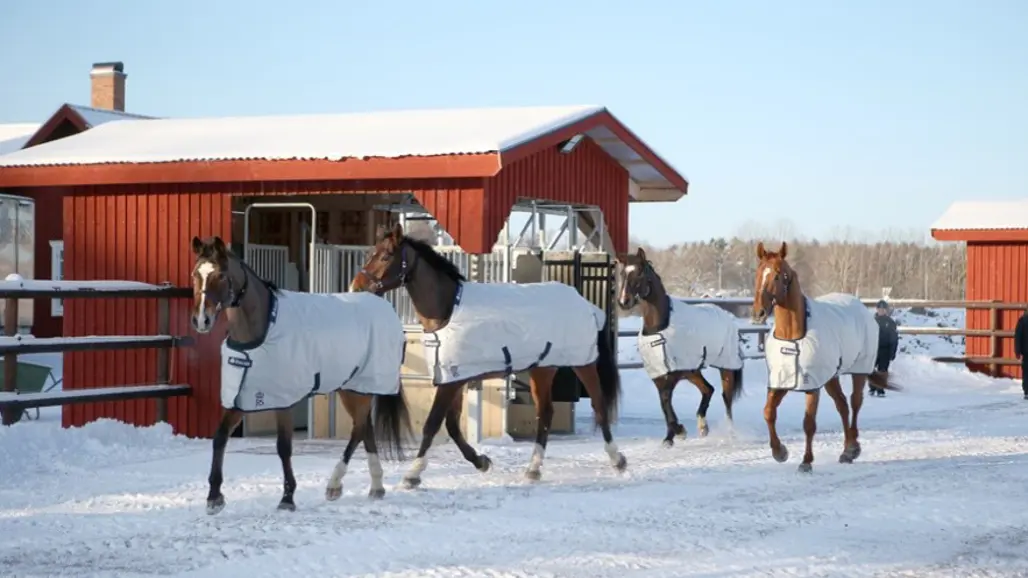
Lower frequency of lameness in horses moving around the clock
Round-the-clock exercise and stable groups when horses are kept in groups are two important factors in reducing injuries and lameness in horses. This is according to a recently published study from SLU.
Injuries and lameness were documented for one year in the school horses of the Strömsholm Riding School in the second and third year of the Hippology program. These school horses had a similar training setup with riders at the same level and were ridden on the same surface. One group of horses was housed in an active group-riding environment 24 hours a day and another in a box at night and in a paddock during the day, alone or in pairs. There was no difference in mean age between the two groups.
Non-trauma-induced lameness was lower among horses housed in the active group housing (18%) compared to those housed in stalls (26%) and only stall-housed horses suffered from colic at any time (5%).
Although horses in active group housing had more injury incidents (83%) compared to those in stalls (52%), only half of the injuries in horses in active group housing (55%) led to sick leave.
In the active group horse keeping, injuries increased significantly after regrouping. This was after showing a downward trend in injuries when the group stabilized after a few months. This study shows how important it is with movement around the clock for the horse's health, but also the importance of stable groups in group horse keeping to keep down the injury rate.
The Strömsholm Riding School has financed the operating costs for horse keeping and the salary of Linda Kjellberg.
Link to the publication
Kjellberg, L., Dahlborn, K., Roepstorff, L., & Morgan, K. (2025). Frequency and nature of health issues among horses housed in an active open barn compared to single boxes—A field study. Equine Veterinary Journal, 57(1), 54-61.
Contact
-
Person